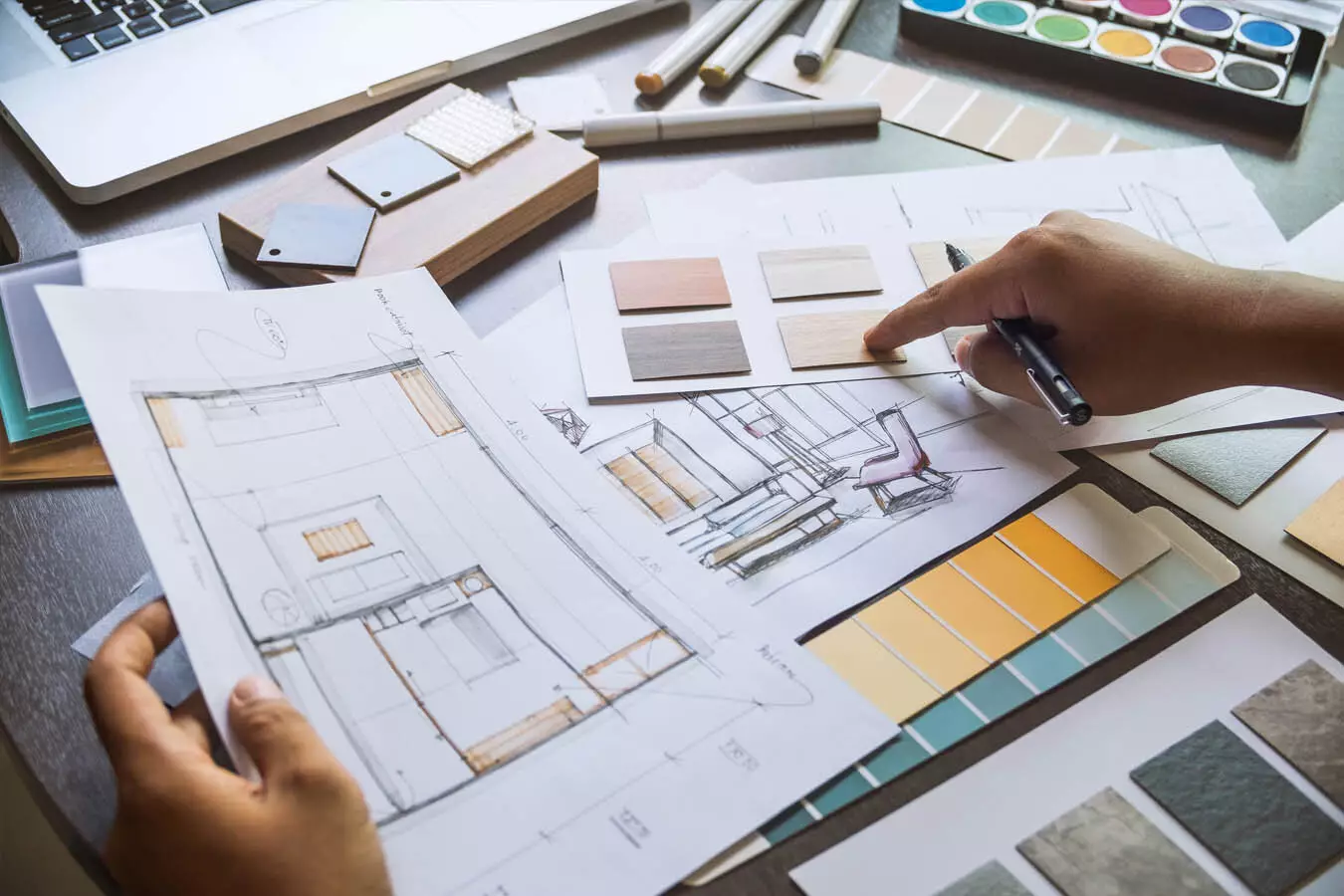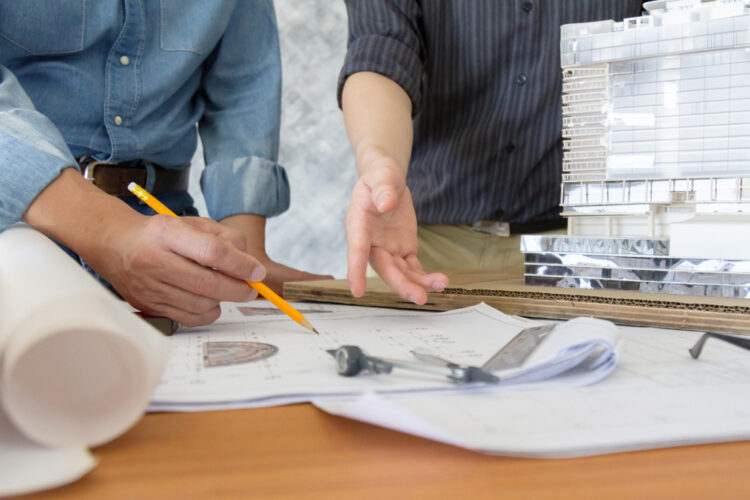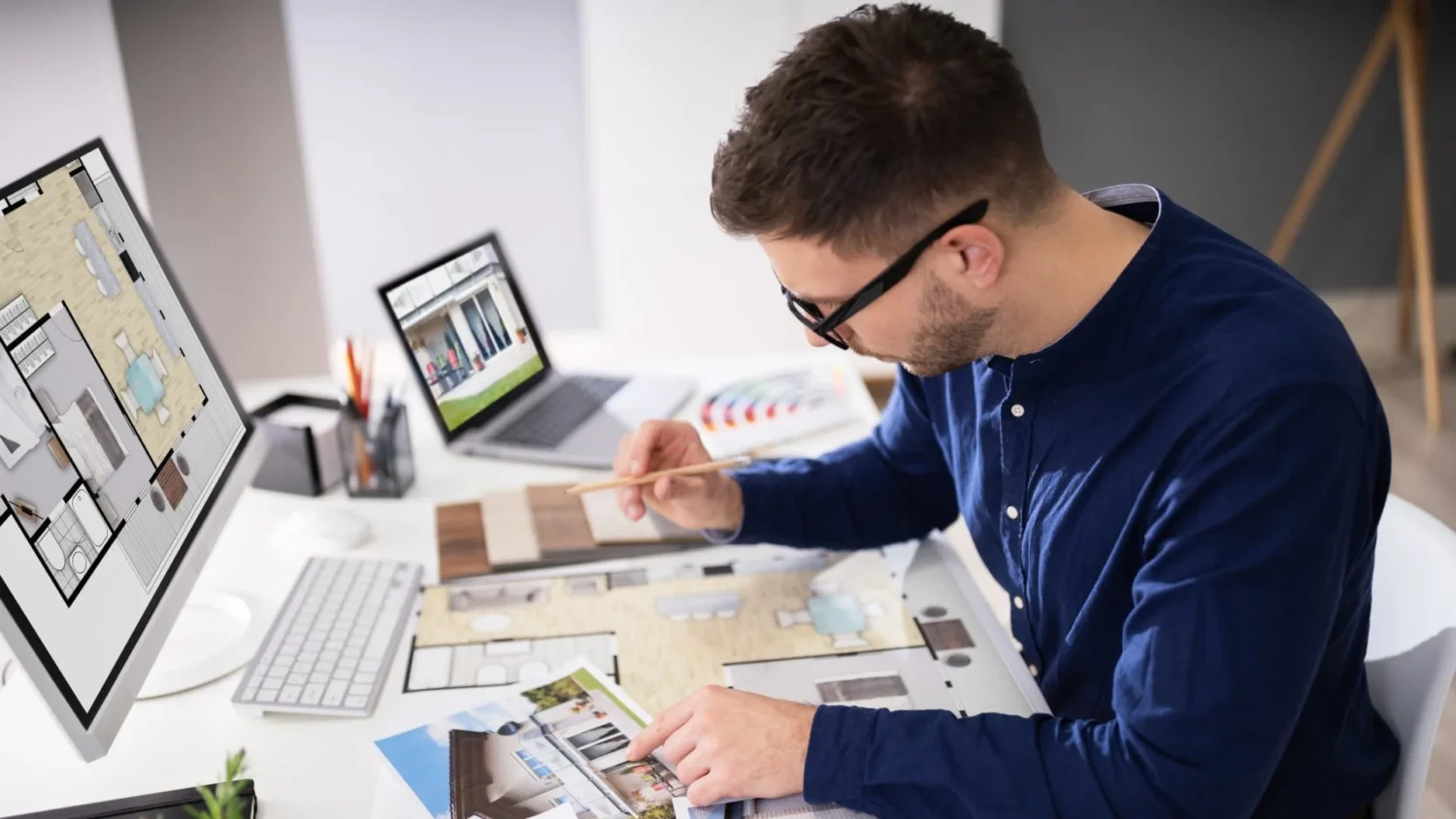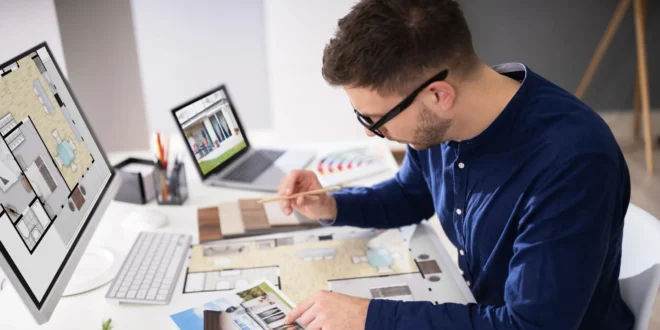Interior design projects constitute the art and science of enhancing the interior features of a building to achieve a more aesthetically pleasing environment. These projects could be as extensive as structural modifications or as specific as selecting suitable color schemes, furniture, and fixtures.
A successful interior design project is not merely a testament to one’s creativity but also a true reflection of a well-defined process, starting from an abstract concept to the tangible reality of a beautifully designed space.
The concept stage is where thoughts take the initial shape of ideas through a blend of client consultation, brainstorming sessions, and the designer’s creative intuition. Initially, the client’s needs are understood and incorporated into preliminary ideas that align with the aesthetic vision for the project.
The vision is imperative as it sets the tone for the entire process. The interior design firm ensures that there’s a cohesive aesthetic story that reflects the client’s persona and meets their spatial needs.

Creative Design Development Stage
This phase involves in-depth brainstorming, tweaking, and refinement of design ideas, enhancing the proposed style, functionality, ambiance, and aesthetics of the design space. The process is highly collaborative, often involving the designer, the client, and sometimes the design team, to ensure the final result will fulfill the client’s vision and expectations.
From this collaborative process, abstract ideas gradually transform into concrete plans. The use of software in design development is significant during this stage. It enables designers to create, visualize, and manipulate models, enhancing the precision and accuracy of the design. The use of technological tools brings ideas to life, providing the ability to simulate different scenarios and choose the best-suited designs, building a solid base for the detailed design and documentation stage.
Design and Documentation Stage

This stage is where the envisioned aesthetic combines with practical demands to create a precise roadmap for construction. It serves as the blueprint for the otherwise abstract vision, including a high level of details such as dimensions, materials, finishes, and often, cost estimates.
Compliance with building regulations and standards is necessary to ensure the safety, accessibility, and sustainability of the design. Legal liabilities can arise if these are ignored.
Tender Stage
This phase involves the preparation and submission of bids. The bid is a proposed plan and price for accomplishing the tasks outlined in the project. Experts in their field, contractors, and subcontractors assess the architect’s designs and drawings and estimate the material, labor costs, and time it would take to functionalize the project.
The success of the tender phase depends on the evaluation and selection of the most suitable bids. It’s important to assess the bid on a variety of factors, such as cost, quality of materials, timeframe, and the overall reputation and reliability of the contractor. The goal should be to find a balanced bid that assures great results within budget and on time.
Construction Stage
This is the stage where detailed planning and designing transitions into reality. It’s important to emphasize that while the visualization and planning process can be flexible, the construction phase leaves minimal room for malleability. This stage entails taking those final plans and transforming them into a physical space, which requires extensive knowledge and an excellent grasp of the project.
Day-to-day monitoring of the development is an essential activity during this stage, ensuring the project is progressing as planned. This continuous supervision helps keep contractor teams on track and stick to the project’s scope. It’s not uncommon in any construction project to encounter unexpected challenges or obstacles that weren’t considered in the planning stages. Some of the common challenges might include material shortages, workforce issues, or unforeseen site conditions.
In scenarios like these, the skill lies in agile problem-solving, maintaining open communication with all parties involved, and swiftly implementing effective solutions to keep the project moving forward.
Installation and Finishing Stage

This phase is where the meticulously crafted plan becomes a reality. Workers diligently install each design element, adhering to the final specifications outlined in the detailed designs and documentation phase. Small details can make a significant impact on the outcome. Variations, while sometimes inevitable, should be made sparingly and with judicious thought, as they could potentially affect the entirety of the project.
After every fixture has been set, every wall painted, and every piece of furniture has been placed, a final walkthrough with the client is conducted. This walkthrough allows the client to see their vision brought to life and the designer to present their work. It’s a time to ensure each element has been installed as per the original, agreed design and to rectify anything that may have deviated from it.
Post-Completion Review
This process reassesses the project in retrospect: to understand what worked well, what didn’t, and why. It allows learning from any mistake and encourages benchmarking performance against outlined project objectives, thereby identifying if any goals fell short of realization.
This review also serves as a motivational tool and energizes the team for upcoming projects. Acknowledging accomplishments cultivates a positive perspective that can inject renewed drive and enthusiasm into future design projects, making them more successful and satisfying.
Each stage of the interior design project life cycle contributes to the successful completion of the project. It’s the meticulous attention to detail at each step that ensures the final design is a testament to the hard work and creativity infused into the project. It’s essential to learn from errors and rejoice in accomplishments. This diligent understanding of the project life cycle paves the way for future interior design projects to attain excellence and meet client satisfaction at the highest level.
 Hi Boox Popular Magazine 2024
Hi Boox Popular Magazine 2024



